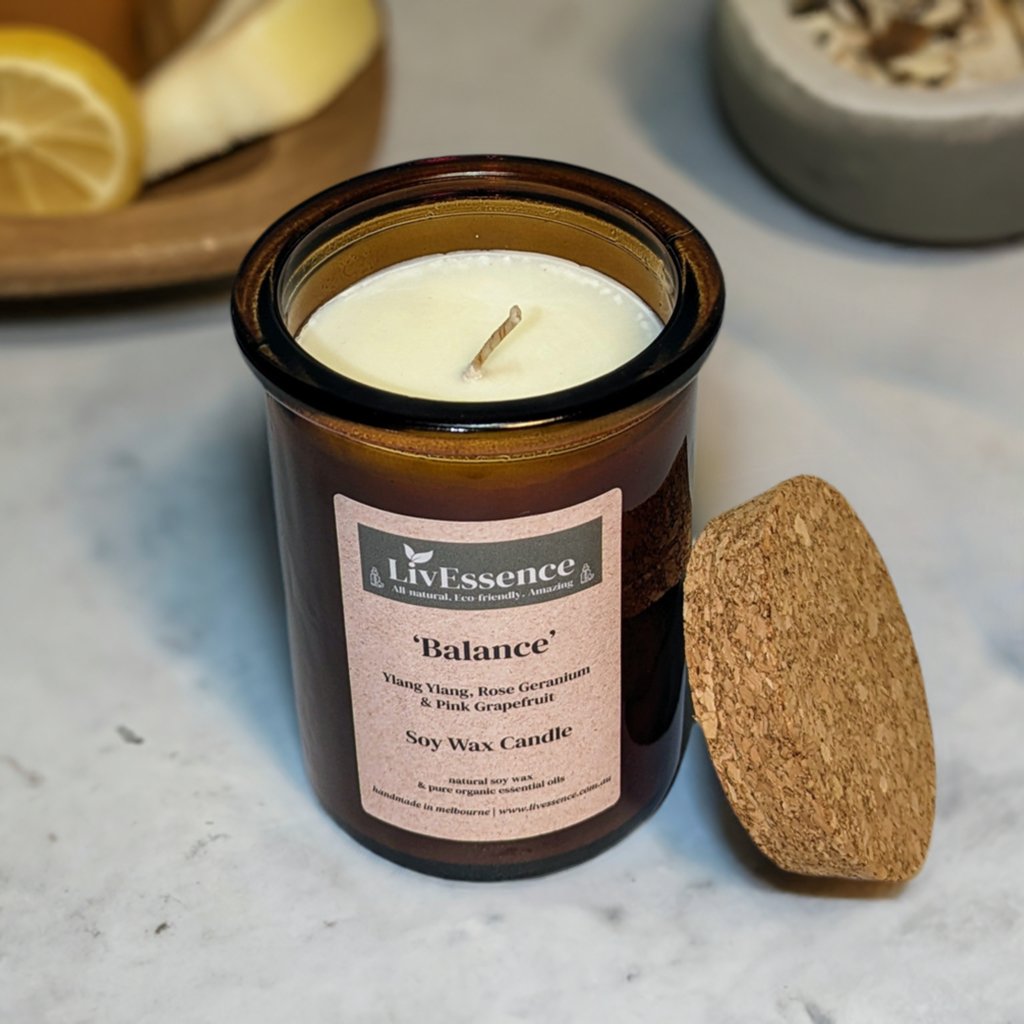From Wick to Wax: Comprehending the Chemistry Behind Soy Wax Candles and Their Environmental Effect
As we illuminate our rooms with the warm glow of candle lights, there lies a world of elaborate chemistry behind the apparently straightforward act of lighting a soy wax candle. Join us as we decipher the scientific ins and outs behind soy wax candles and discover their effects on our environment.
Soy Wax Vs. Paraffin Wax
When contrasting soy wax and paraffin wax for candle light making, it is important to comprehend the unique qualities and advantages of each material. Soy wax is an all-natural, renewable energy derived from soybean oil, making it green and biodegradable - crystal soy candles. On the other hand, paraffin wax is a byproduct of petroleum refining, which elevates problems about its ecological impact and sustainability
Soy wax candle lights shed cleaner and emit less soot contrasted to paraffin wax candle lights, making them a much healthier choice for indoor air high quality. Furthermore, soy wax has a lower melting point, enabling a longer-lasting candle light that disperses fragrance better. Paraffin wax, on the other hand, tends to melt faster and much less easily, possibly launching unsafe chemicals into the air.
From a sustainability viewpoint, soy wax is favored for its biodegradability and eco-friendly sourcing, lining up with the growing consumer choice for environmentally conscious items. While paraffin wax has been a standard selection in candle light making as a result of its price and convenience of use, the shift towards environmentally friendly options like soy wax is gaining momentum in the market.
Chemical Structure of Soy Wax

Burning Refine in Soy Candles
The chemical composition of soy wax straight influences the burning procedure in soy candles, affecting variables such as burn time, scent release, and ecological impact. When a soy candle light is lit, the warmth from the fire thaws the wax near the wick.
The burning efficiency of soy candles is affected by the pureness of the soy wax and the quality of the wick. Furthermore, soy wax candle lights have a reduced environmental effect contrasted to paraffin candle lights due to their naturally degradable and eco-friendly nature.

Environmental Advantages of Soy Wax

Taken into consideration a sustainable option to conventional paraffin wax, soy wax supplies remarkable ecological benefits that make it a preferred option a knockout post amongst eco-conscious customers. Soy wax burns cleaner and produces much less residue than paraffin wax, adding to better indoor air top quality and reducing the requirement for cleaning and maintenance. Generally, the environmental benefits of soy wax line up with the expanding demand for environment-friendly and lasting products in the market.
Recycling and Disposal Factors To Consider
Recycling and appropriate disposal of soy wax candles play an essential role in preserving environmental sustainability and decreasing waste in neighborhoods and houses. When it pertains to Get More Info reusing soy wax candles, the primary step is to guarantee that the candle light has actually burned completely. This can be attained by permitting the candle light to melt until the wick is no longer usable, and then letting the remaining wax cool and solidify. Once the wax has actually strengthened, it can be meticulously gotten rid of from the Bonuses container.

In terms of disposal, if recycling is not an option, soy wax candle lights are biodegradable and can be safely gotten rid of in most family waste systems. It is always advised to inspect with local reusing facilities or waste monitoring services for specific standards on candle disposal to make certain appropriate handling and ecological security.
Verdict
In final thought, the chemistry behind soy wax candle lights discloses their environmental advantages over paraffin wax candle lights. Soy wax, acquired from soybean oil, burns cleaner and produces less residue when contrasted to paraffin wax.
When comparing soy wax and paraffin wax for candle making, it is crucial to understand the unique features and advantages of each material (crystal soy candles).Soy wax candle lights melt cleaner and give off much less residue contrasted to paraffin wax candle lights, making them a much healthier choice for indoor air quality.Thought about a sustainable alternative to conventional paraffin wax, soy wax uses noteworthy ecological benefits that make it a preferred choice among eco-conscious customers. Soy wax burns cleaner and generates much less residue than paraffin wax, contributing to much better interior air quality and reducing the demand for cleansing and maintenance.In verdict, the chemistry behind soy wax candle lights reveals their environmental benefits over paraffin wax candle lights